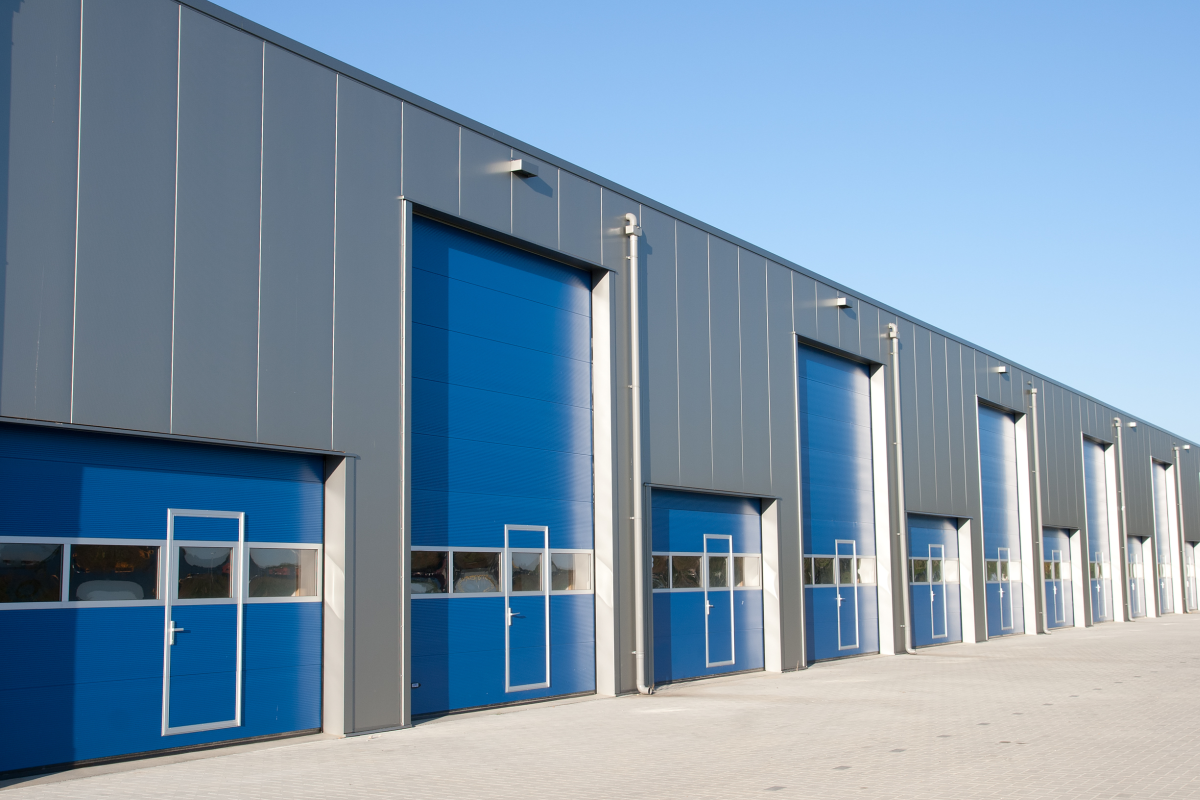The unabated growth of e-commerce is driving innovation across the supply chain, which is obviously a good thing. Nevertheless, along with that innovation comes failure, as many of the new start-up supply chain solutions will flounder or fail.
However, you can’t have innovation without failure, so we are experiencing a natural course of events, with both successes and business failures. Some of the differences today versus legacy trends in supply chain innovation are the roles of the following 3 dominating and influencing forces:
- Amazon: The dominant individual player in the e-commerce space with an enormous competitive advantage, based on their size and control of the entire supply chain that drives their success, including retail sourcing and cradle to grave logistics control.
- Venture Capital Investment: Billions of dollars of investment in start-up, e-commerce related ventures, and continued rounds of funding for money-losing ventures, that present an unfair advantage over legacy competitors that must turn a profit to remain afloat.
- Social Media/Digital Advertising/AI: Collectively, these three forces allow a new entrant into the e-commerce supply chain space to affordably target and prospect customers around the world.
So why aren’t Drones taking care of all this?
Companies driving new micro-fulfillment distribution solutions are clearly benefitting by understanding and leveraging the influence of these three dominant forces and trends. So, what exactly is micro-fulfillment?
Micro-fulfillment is a strategy that places small-scale warehouse facilities in densely populated urban locations closer to the consumer to improve delivery times.
The micro-fulfillment strategy and distribution solution does not come without challenges:
- Micro-Fulfillment Center (MFC) Development costs and rent in densely populated urban locations is high.
- MFC’s are significantly smaller than legacy e-commerce fulfillment centers and as a result, are limited to a small number of SKU’s and product units per SKU. This condition drives constant replenishment in highly trafficked, urban centers.
- The on-demand delivery solution that tends to support MFC’s is costly, and the cost of delivery will not come down until delivery stop density increases dramatically.
Learn more about choosing an Ecommerce Fulfillment Model
The need, features, benefits, and success of Micro-Fulfillment cannot be ignored:
- Target and Walmart to a lesser extent, have been successfully utilizing select stores as forward stocking MFC’s to source local deliveries from and offer convenient store pick-up to their customers.
- Cost-effective same-day delivery works best when sourced from a forward-stocking MFC.
- Amazon dominates in the same-day delivery venue with their Flex delivery model and is opening MFC’s to source products from, that are closer to the consumer.
How will forward stocking MFC’s impact legacy supply chain solution providers?
- Integrated Parcel Carriers: UPS, FedEx, and the USPS will see less demand for extended days delivery averaging more than 2-day transit times.
- Legacy Fulfillment Service Providers: There will always be a need for fulfillment service providers with a focus on low-cost, regional 1-2-day delivery.
- Local Same-Day/Next Day Delivery and On-Demand Delivery Service Providers: The MFC solution will benefit these delivery solutions with a focus on same-day and next-day delivery.
Read more
- Learn about the state of 3PL Holiday Shipping in the supply chain crisis
- The forward stocking MFC solution should prosper, but only if improved delivery stop density eventually drives significantly lower last-mile transportation costs.
- Make your business make sense with Newegg Logistics


